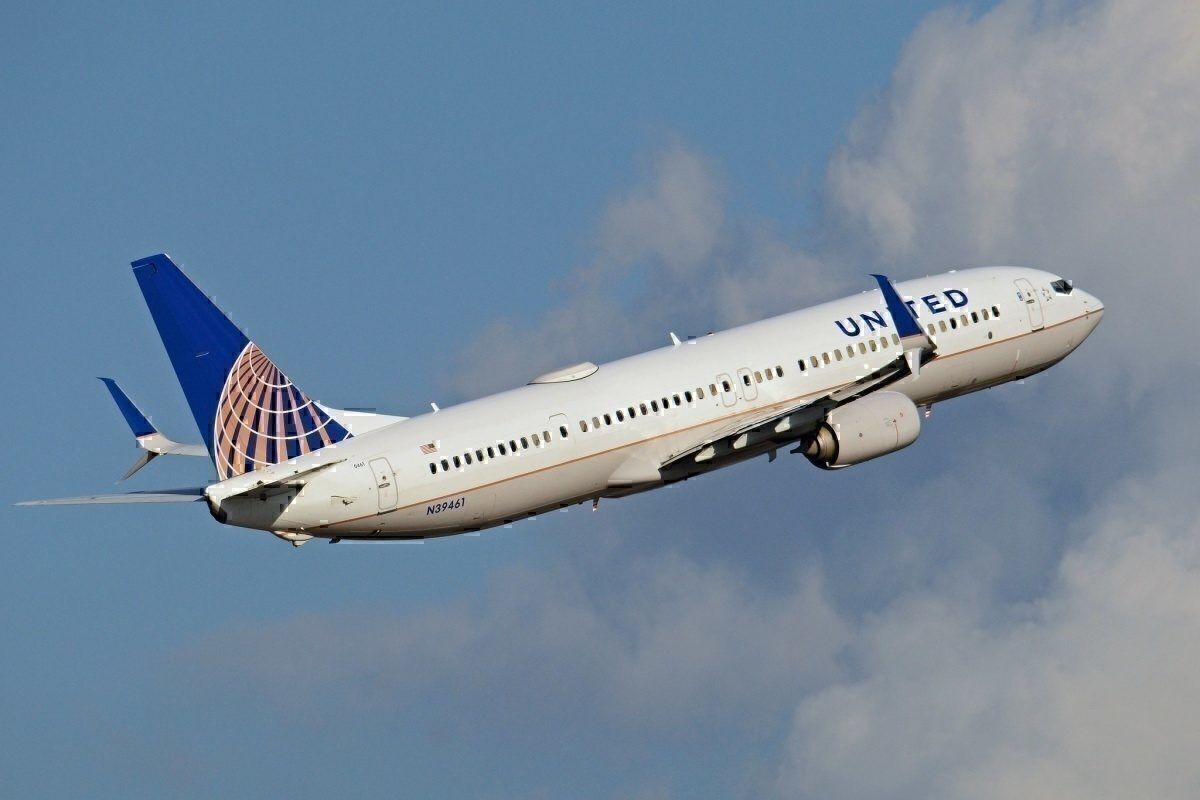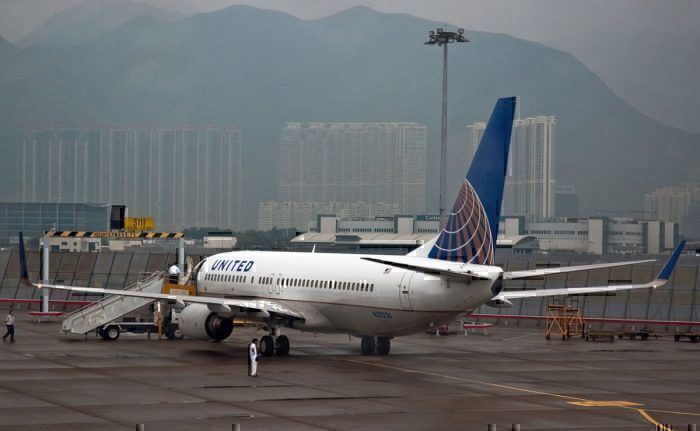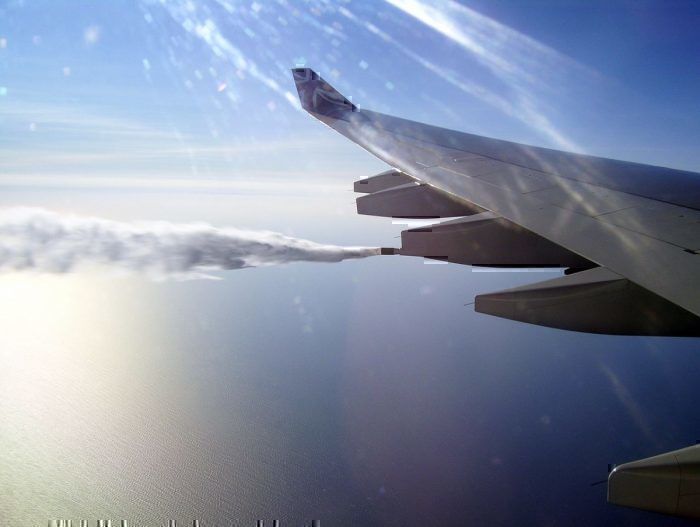A United Airlines Boeing 737-900 had to make an emergency landing shortly after taking off from Portland earlier today. The crew aboard flight UA-2248 reported vibrations from the front end of the aircraft and requested an emergency landing.
The Aviation Herald reported today on an incident aboard a United Airlines flight from Portland, Oregon to Newark, New Jersey. The incident, which took place on 4th September, involved a 4.5-year-old Boeing 737-900 registered N64844.
The vibrations towards the front of the aircraft were noticed by crew shortly into the flight. The crew subsequently stopped climbing at 25,000 feet and maintained a speed of 250 KIAS. The plane landed back at Portland International Airport just 1 hour 26 minutes after take-off.
In an unusual set of circumstances, flight UA-2248’s flight crew requested permission to land overweight, without reducing the aircraft’s fuel weight.
Standard protocol for early landings
Incidents which force aircraft to land early or divert to another airport en route are common. They can happen for many reasons, from unruly passengers to fires in the cabin.
In many situations, the aircraft in question will have traveled far enough from its point of origin that a normal landing is possible. But in some cases, the aircraft may be forced to land soon after takeoff, meaning it is still laden with most of its fuel.
If an aircraft lands with large amounts of fuel still on board, it can be significantly heavier than it would be had most of the fuel been burnt off. Because the forces exerted on the airframe are much greater during landing than they are during takeoff, this extra weight can be very dangerous.
To get around this problem, pilots will usually jettison excess fuel whilst at high altitude to reduce the aircraft’s total weight during landing. This is done through a fuel dump nozzle on the wing of the aircraft, which simply ejects the fuel during flight.
If not done at high enough altitudes, the jet fuel ejected during the jettison process may not fully evaporate before it reaches ground level.
Why land overweight?
Whilst many aircraft can jettison fuel using a fuel dump nozzle, a number of types do not have this capability.
Generally, the shorter the range of the aircraft, the less need it has for a fuel jettison system. Notable aircraft which do not feature fuel jettison capabilities are the Boeing 737, the Boeing 757 and the Airbus A320.
In these cases, the aircraft will often fly in circles to burn off fuel, allowing them to land within safe weight limits. Although the Boeing 737-900 in question in today’s incident would not have been able to jettison fuel using a fuel dump nozzle, it should have been able to burn off fuel during flight.
This raises the question of why the crew requested to land at full weight. Generally, this request is only made if the crew have reason to believe they are suffering from a serious onboard issue. The fact the crew aboard flight UA-2248 also requested emergency services to be on standby at Portland International for their arrival shows the risks associated with an overweight landing.
Although United Airlines was not available to respond to Simple Flying’s request for comment, it is safe to assume the pilot believed there was a serious issue causing the vibrations felt in the cabin.



